Postal Mortem
Mark Hofmann bombing murder of Steve Christensen
A serial bomber killed two different people in the same morning. The next day, a third victim was severely injured. But this third target warranted a closer look.
Original air date: December 11, 1997
Posted: July 2, 2022
By: Robert S.
Season 2, Episode 11
Early in the morning on October 15, 1985, a homemade bomb exploded on the sixth floor in an office building. Holding the package in which the bomb was concealed, 31-year-old Steve Christensen was killed instantly. The financial consultant had recently resigned his position at CFS, a real estate investment firm in Salt Lake City. The company had recently fallen under scrutiny for a series of bad investments, and their clients were enraged. Several began claiming fraud, so it seemed possible Christensen had been targeted as retaliation by a disgruntled investor.
This theory gained additional support just two hours later when another bomb exploded, just outside the home of one of Christensen's former business associates. However, instead of killing the intended target Gary Sheets, the explosive had been triggered by his wife Kathleen. She'd seen a mysterious package in their driveway, picked it up for an examination, and merely tilting the device, it detonated. In a single morning, a serial bomber had murdered two former business associates. As they investigated the crime scenes, police were concerned about more potential targets.
The next day, their fears were affirmed. In downtown Salt Lake, a third victim got caught in the explosion of another pipe bomb. But this time, the target survived the blast with injuries that were not life-threatening. 30-year-old Mark Hofmann was a rare documents dealer, and had no association with the CFS investment firm. However, Hofmann did have a prior relationship with the first victim, Steve Christensen. Both were interested in historic documents from Mormon antiquity, Christensen as a collector and Hofmann as a dealer.
Evidence at all three bombing sites showed clear indications that a single culprit was behind these attacks. But Hofmann's account of events wasn't consistent with the physical evidence. He claimed he'd found a strange package in the seat of his car, it fell to the car's floorboard, and then it exploded. However, a hole in the car's door, damage to the center console, and the ruin of Hofmann's right knee told a different story. Detectives thought it strange that a bombing victim would lie about the circumstances of the incident, so this surviving victim was given a polygraph test. The lie detector indicated no deception by Hofmann.
But something still wasn't sitting right with investigators. On the morning of Steve Christensen's death, he had been scheduled to attend a meeting with Mormon officials regarding the legitimacy of a collection of documents Hofmann had intended to sell. Mark Hofmann seemed to possess an uncanny ability to locate and collect hundreds of historic records from Mormon history. Even though valuable items sold by Hofmann in the past had been authenticated, police wanted to conduct their own examination. Had Mark Hofmann meant to silence Steve Christensen, and then murdered Gary Sheets to subvert investigators' suspicions?

The Facts
Case Type: Crime
Crimes
- Theft by deception
- Murder
- Fraud
Date & Location
- October 15, 1985 through October 16, 1985
- Salt Lake City, Utah
Victims
- Steve Christensen (Age: 31)
- Kathy Sheets (Age: 50)
Perpetrator
- Mark Hofmann (Age: 30)
Weapon
- Bomb
Watch Forensic Files: Season 2, Episode 11
Postal Mortem

The Evidence
Forensic Evidence
- Bomb fragments
- Document examination
- Matching item: Gunpowder
- Purchase record/receipt
- Reconstruction: Accident
Forensic Tools/Techniques
- Profile projector

Usual Suspects
No Evil Geniuses Here ?
- Accidentally detonated own bomb
Cringeworthy Crime Jargon ?
- None uttered in this episode
File This Under... ?
- Graphic content
- Karma is a bitch
- Lie detector incorrect

The Experts
Forensic Experts
- Jerry Taylor: ATF Explosives Expert
Quotable Quotes
- "It was real devastating to have your mother killed on your front doorstep. You feel that you’re safe in your home, and that it’s okay, and to have something like that happen really shattered your faith that things are okay." - Gretchen Sheets-Udy: Kathy Sheets’ Daughter
- "Mark Hofmann said that he pulled open the door and the package fell from the seat of the car onto the floorboard of the car, at which time it exploded, and he was injured." - Gerry D’Elia: Prosecutor
- "Didn’t line up with the exploding bomb. We can’t change that because the hole’s in the vehicle. That’s a true. It’s now taking the injured pieces of the individual; putting them so they come in contact with the bomb." - Jerry A. Taylor: ATF Explosives Expert
- "We had no idea why Mark Hofmann, if he were the perpetrator, would kill a close associate and friend of his, Steve Christensen. And for all we knew, he didn’t even know Kathleen Sheets." - Robert Stott: Deputy District Attorney
- "We had him take a polygraph, and he passed with flying colors. Not even close – he passed with a high number saying that he was not deceptive, and that he did not do the bombings." - Ken Farnsworth: Investigator
- "Every single document that I looked at had been forged or manipulated in some way to make it valuable. And I looked at over 600 of his documents. Every single one of ‘em was forged – he never found a single, genuine document ever." - George Throckmorton: Forensic Document Examiner
TV Shows About This Case
- Murder Among the Mormons: 2021 (3-part series)
- City Confidential: Faith and Foul Play in Salt Lake City (s01e03)
- Who the (Bleep) Did I Marry: An Explosive Love (s01e07)
Book About This Case
- A Gathering of Saints - Robert Lindsey
Find a typo or issue with the details of this case? Leave a comment below, or contact us!

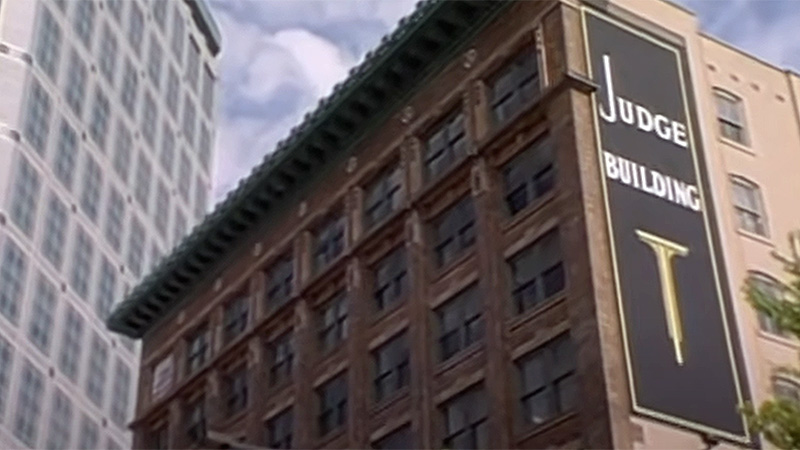
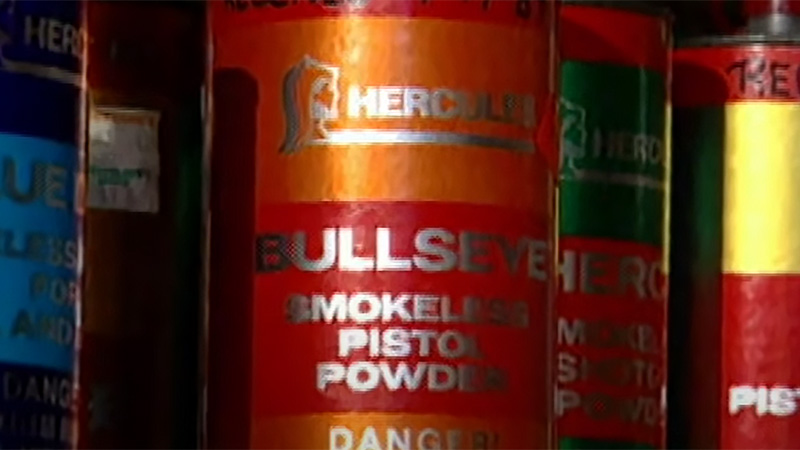
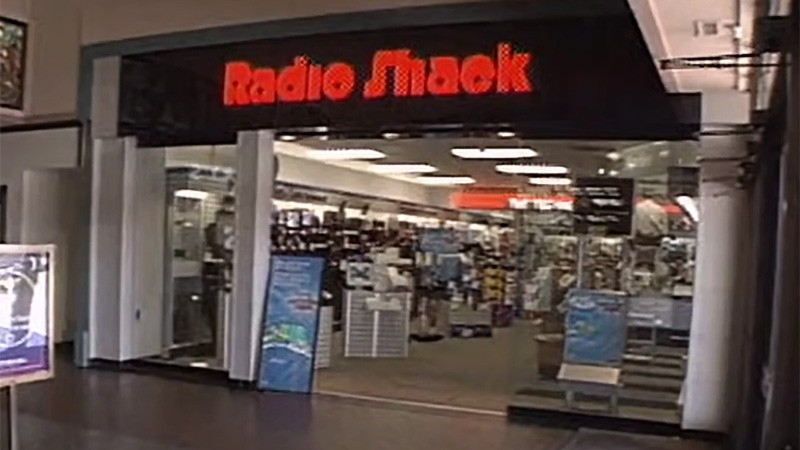
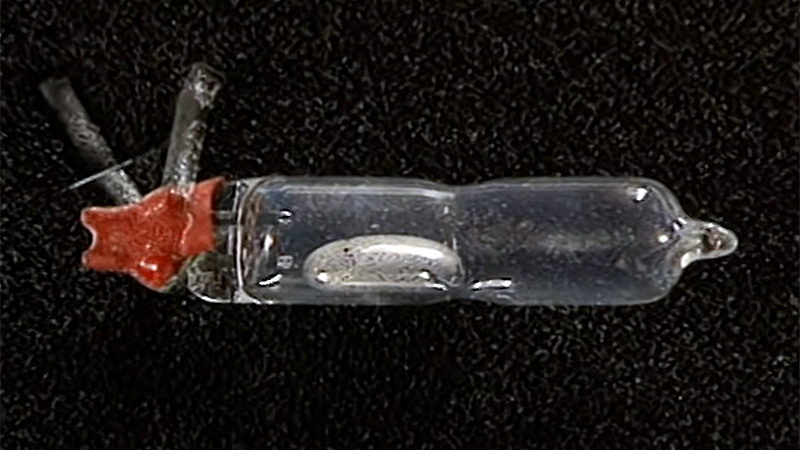
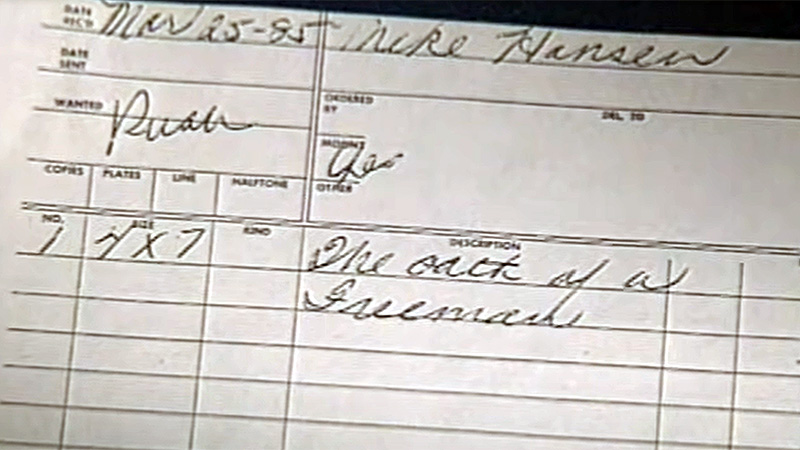
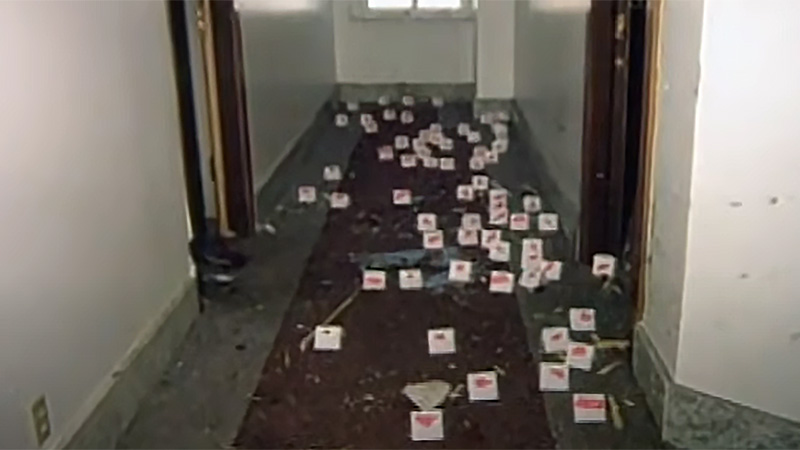
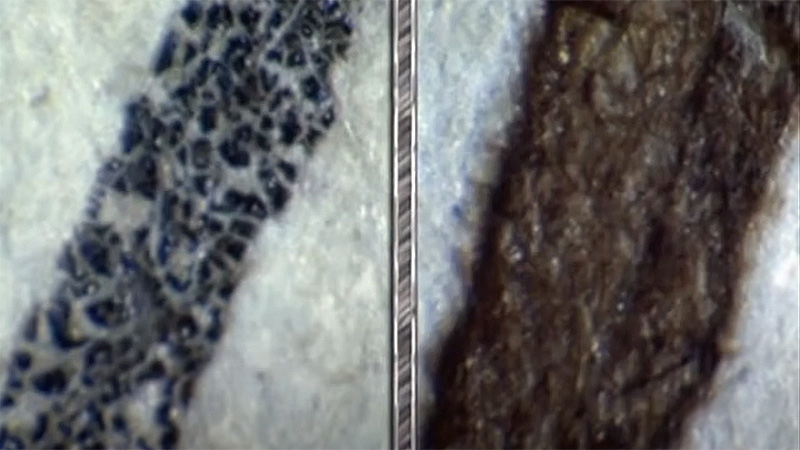
Fans' Corner
Add new comment
No comments yet - start the conversation above.